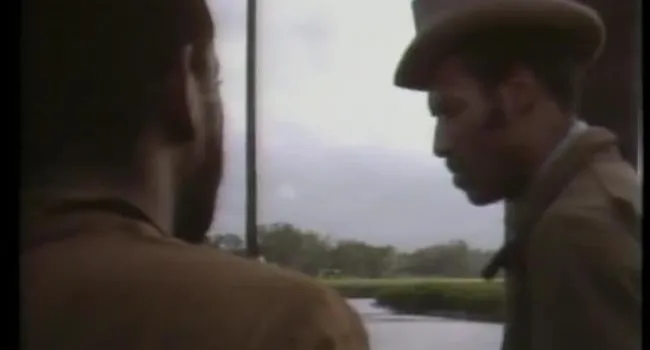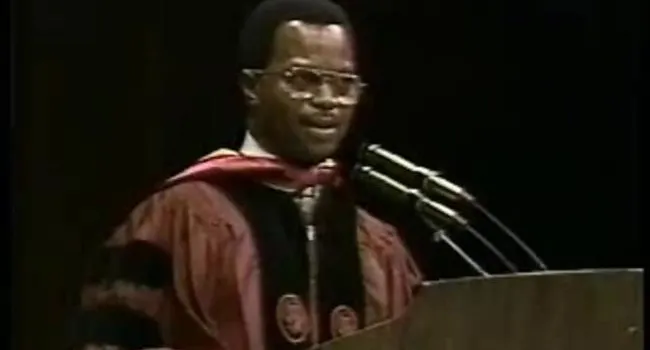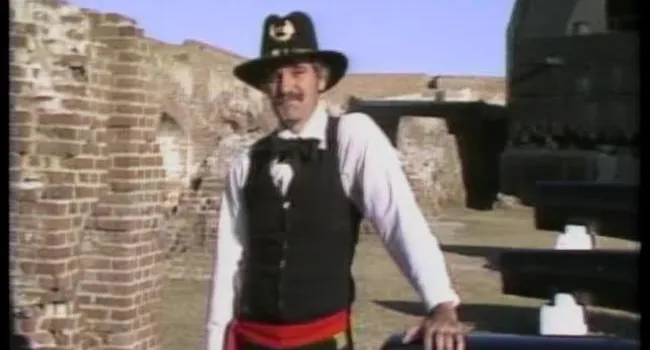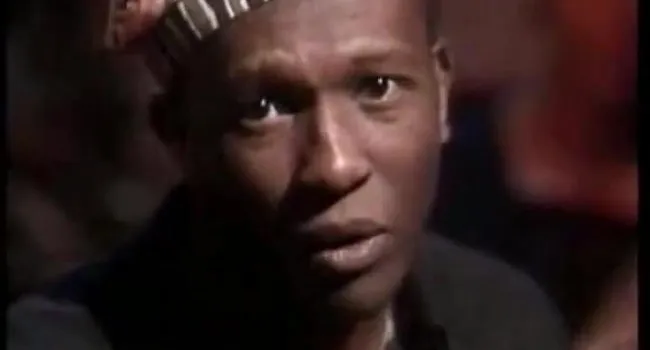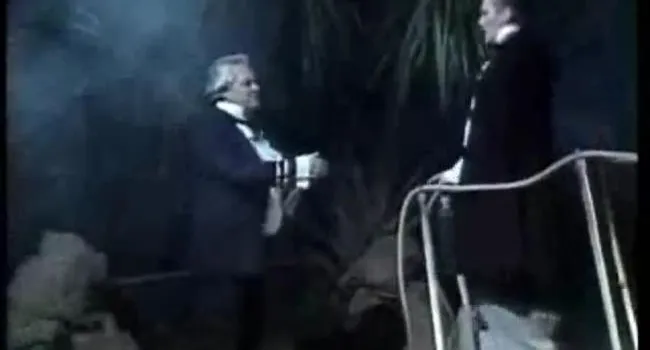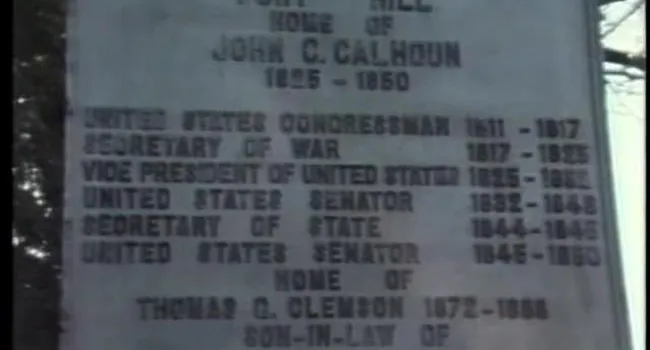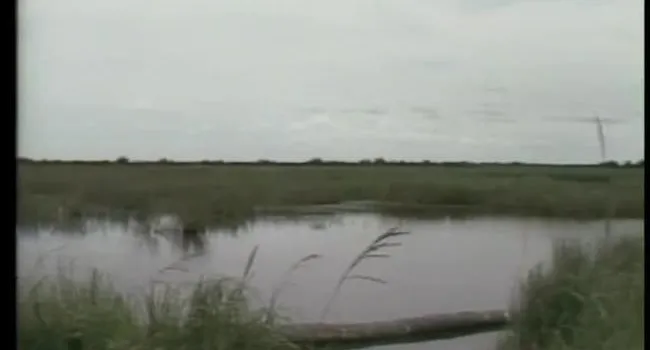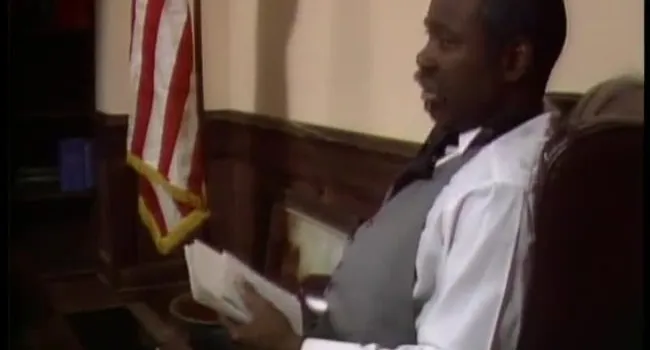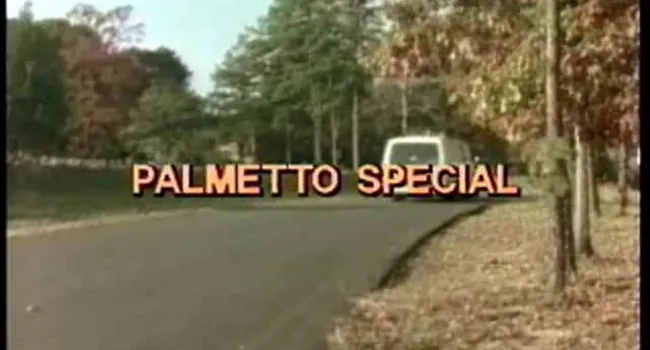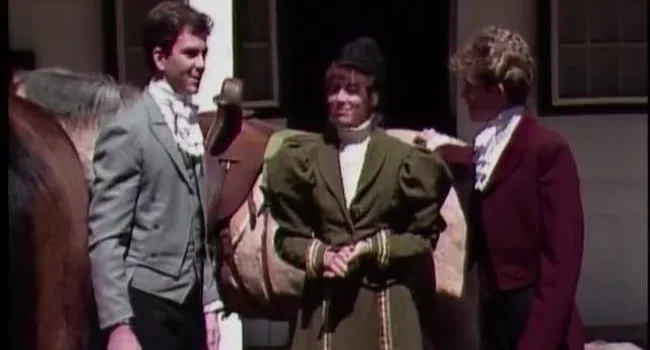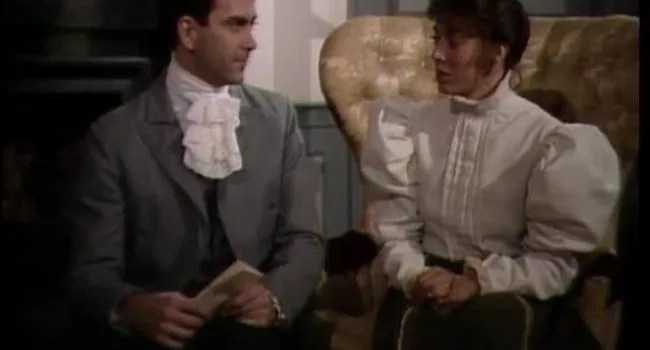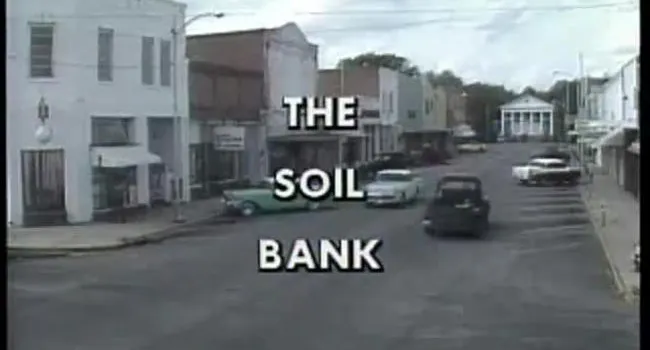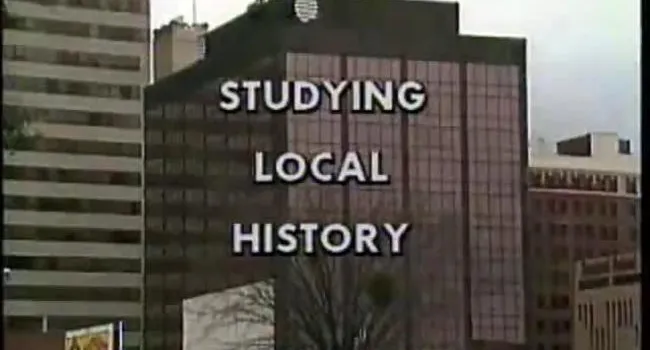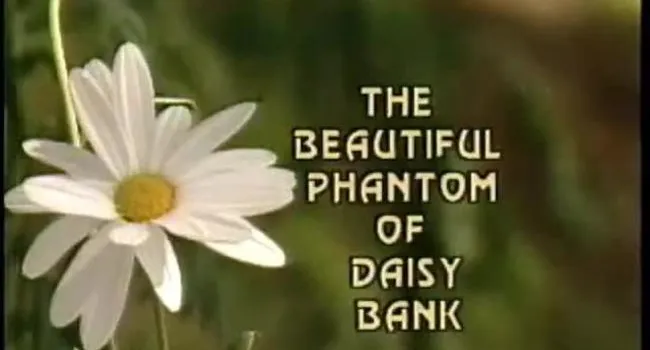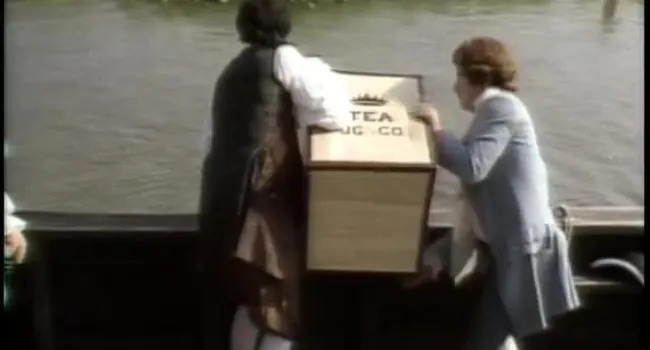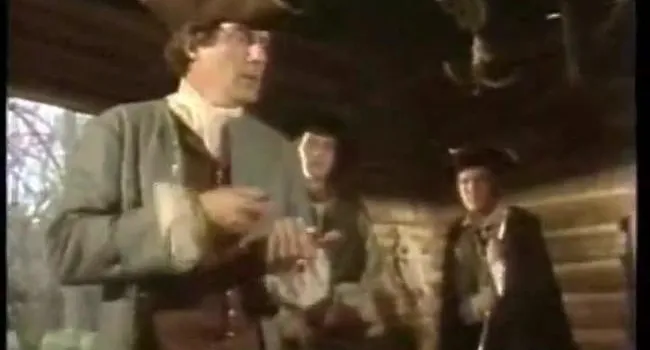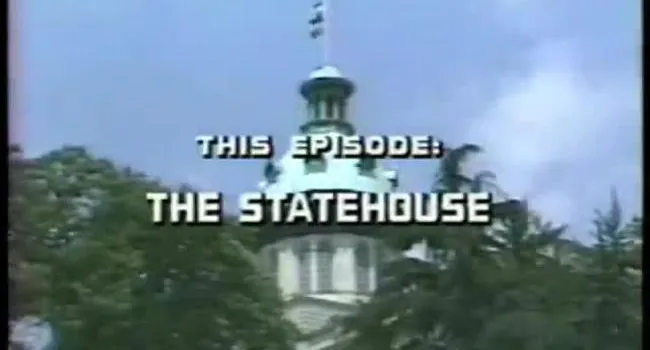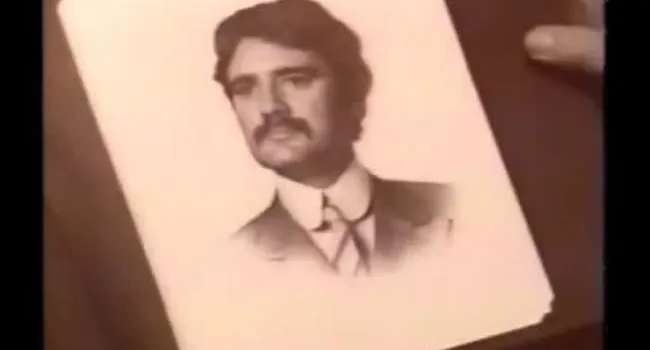This lesson is a brief survey of the art, architecture, literature and theatre of South Carolina. It opens with a series of skits where "comedic characters" "put down" South Carolina's interest in, and contribution to, the arts. Each of these is followed by a student who reputes the "put down."
The next segment of the program deals with theatre in South Carolina. It is introduced from the Town Theatre in Columbia followed by reports from the Dock Street Theatre in Charleston and the Abbeville Opera House in Abbeville.
The South Caroliniana Library, on the University of South Carolina campus, is the location for the introduction of the segment on literature. This segment includes a visit to Woodland Plantation in Bamberg county, the home of author William Gilmore Simms; Trinity Episcopal Churchyard in Columbia, the gravesite of poet Henry Timrod; the Camden home of Mary Boykin Chestnut, a lady who kept a comprehensive journal during the War Between the States; Lang Syne Plantation in Ft. Motte, Calhoun County, the home of Pulitzer Prize winning authoress Julia Peterkin; and Cabbage Row on Church Street in Charleston, the scene of much of the activity in "Porgy" by DuBose Heyward.
The next segment is introduced from the College of Architecture at Clemson University. It includes another visit to Charleston and two unique Charleston houses, the single house and the double house. The works of South Carolina architect Robert Mills are explored from the Robert Mills Historic House in Columbia and the Maxey Monument on the University of South Carolina campus.
The Greenville Art Museum is the location of the introduction to the segment on art. Included here is a visit to the Gibbes Art Gallery in Charleston with a look at some paintings by Jeremiah Theus and pastels by Henrietta Johnston.
The program concludes on the steps of Charleston City Hall during the Spoleto Festival.
Standards
- 3-5 The student will demonstrate an understanding of the major developments in South Carolina in the late nineteenth and the twentieth century.







